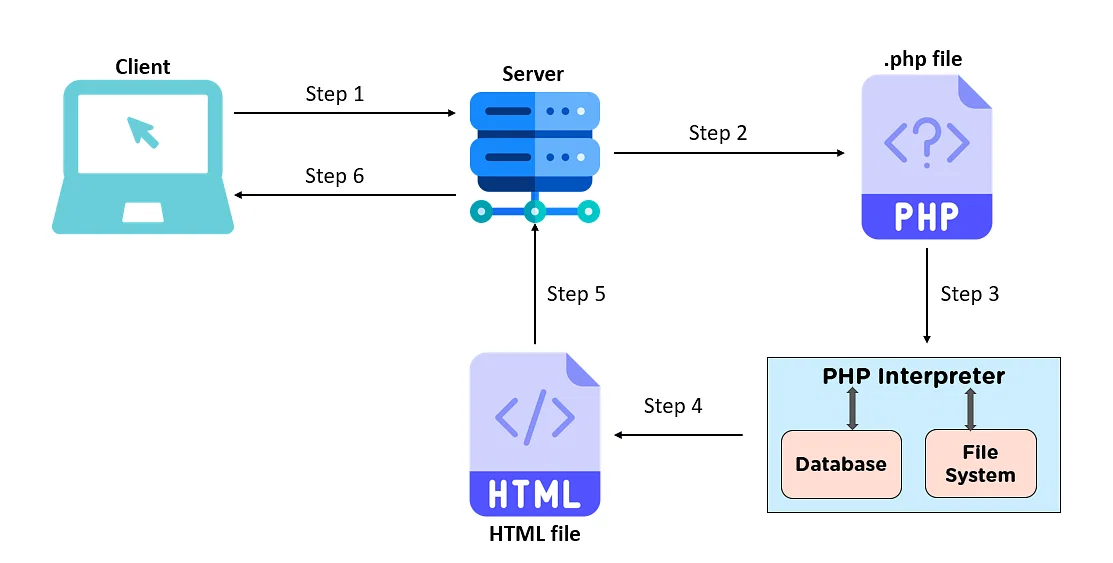Introduction:
Welcome to our blog on mastering PHP! If you’re new to web development or looking to expand your skills, PHP is an essential language to learn. PHP (Hypertext Preprocessor) is a widely-used server-side scripting language that powers dynamic websites and web applications. With PHP, you can create interactive web pages, handle forms, access databases, and perform other server-side tasks.
In this blog, we will provide a beginner’s guide to PHP, covering the basics of PHP syntax, variables, data types, loops, and more. We’ll also share some essential code snippets that you can use in your web development projects to enhance the functionality of your websites.
In this code snippet, we have used PHP syntax highlighting to make the different elements of PHP code visually distinct. The comments are in green, variables are in blue, strings are in red, and keywords (such as if, else, for, etc.) are in purple, providing a clear visual representation of the PHP code. This can be achieved using code editors like VSCode, Sublime Text, or PHPStorm, which offer syntax highlighting for PHP out of the box or with the help of plugins or extensions.
Including a screenshot of a PHP code editor with syntax highlighting in your blog can make it more visually appealing and help readers understand the code better. It’s important to ensure that the screenshot is clear and easy to read, with a good contrast between the code and the background, to provide a positive reading experience for your audience.



A basic PHP code snippet demonstrating how to declare variables and perform basic arithmetic operations and working with PHP functions.
<?php
// This is a PHP comment
// Declare and initialize variables
$name = "John";
$age = 25;
// Display a message with variables
echo "Hello, my name is " . $name . " and I am " . $age . " years old.";
// Conditional statement
if ($age >= 18) {
echo " I am an adult.";
} else {
echo " I am a minor.";
}
// Looping statement
for ($i = 1; $i <= 5; $i++) {
echo " Loop iteration " . $i . "<br>";
}
// Function
function greet($name) {
echo "Hello, " . $name . "!";
}
// Call the function
greet("Alice");
?>
In this code snippet, we have used PHP syntax highlighting to make the different elements of PHP code visually distinct. The comments are in green, variables are in blue, strings are in red, and keywords (such as if, else, for, etc.) are in purple, providing a clear visual representation of the PHP code. This can be achieved using code editors like VSCode, Sublime Text, or PHPStorm, which offer syntax highlighting for PHP out of the box or with the help of plugins or extensions.


